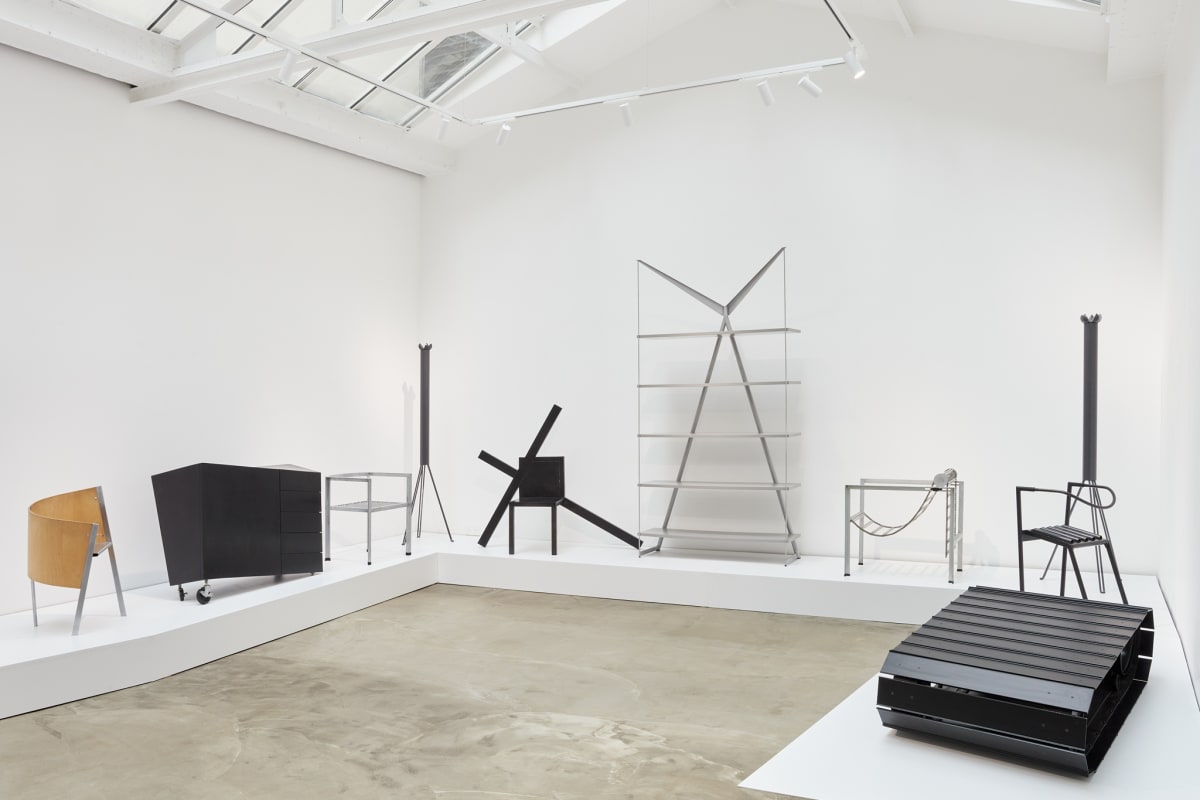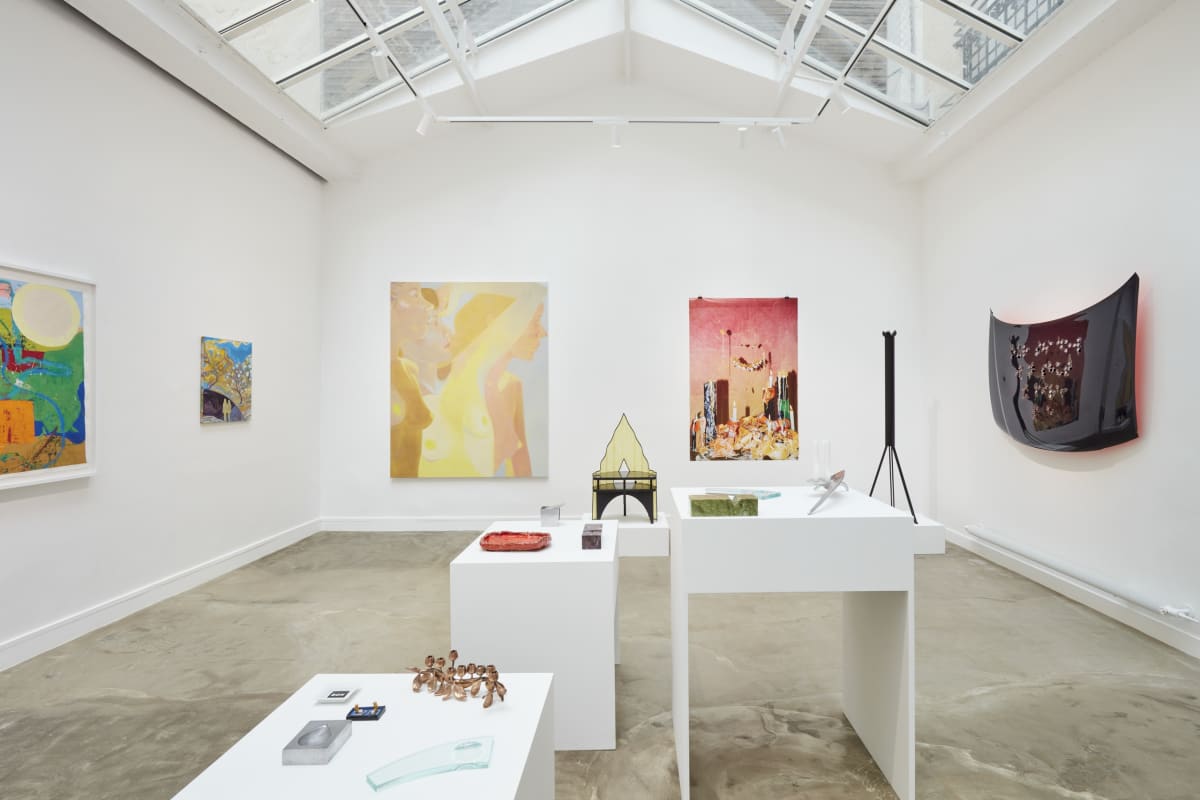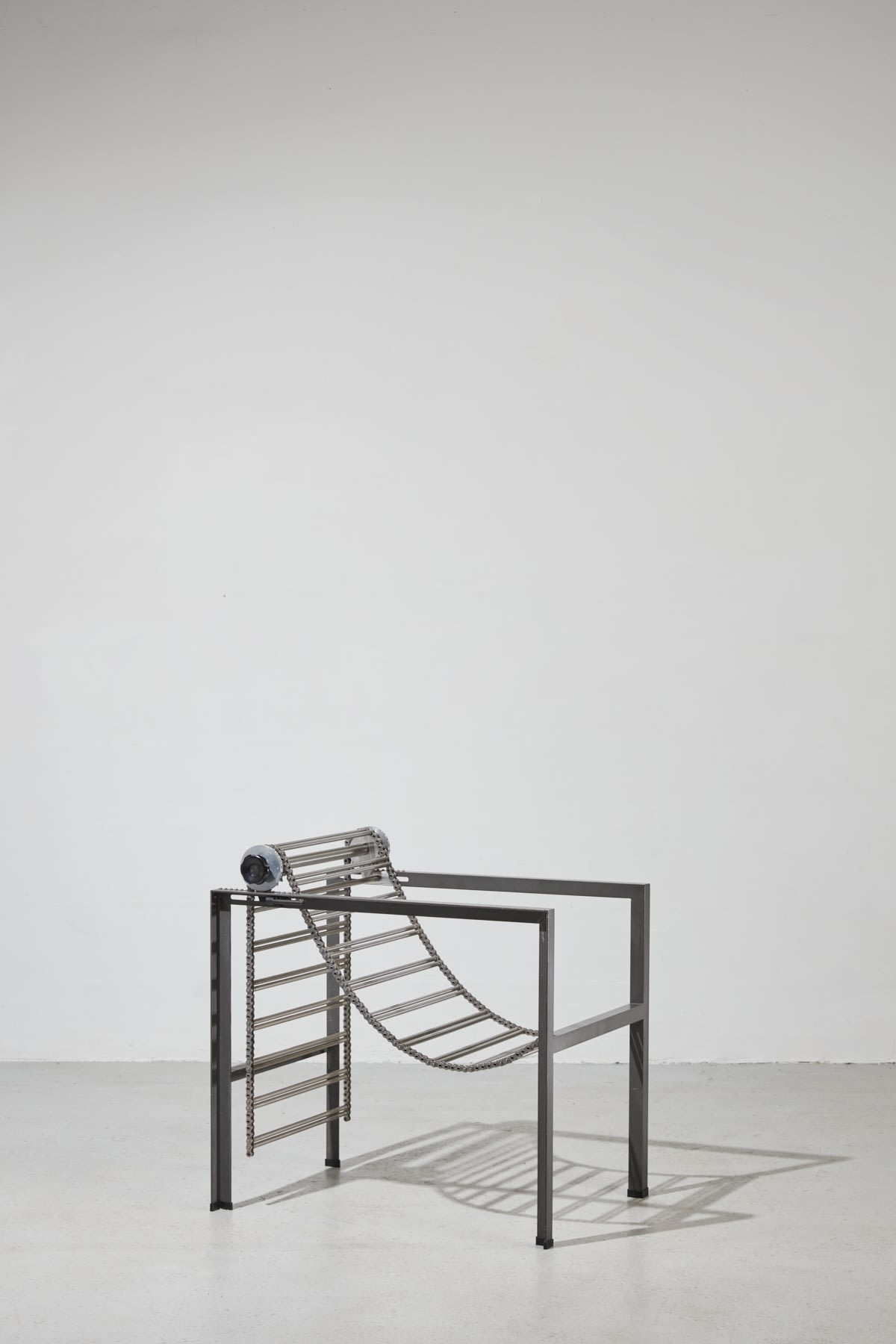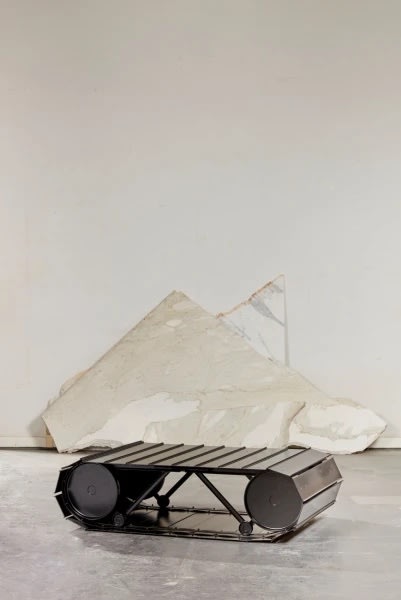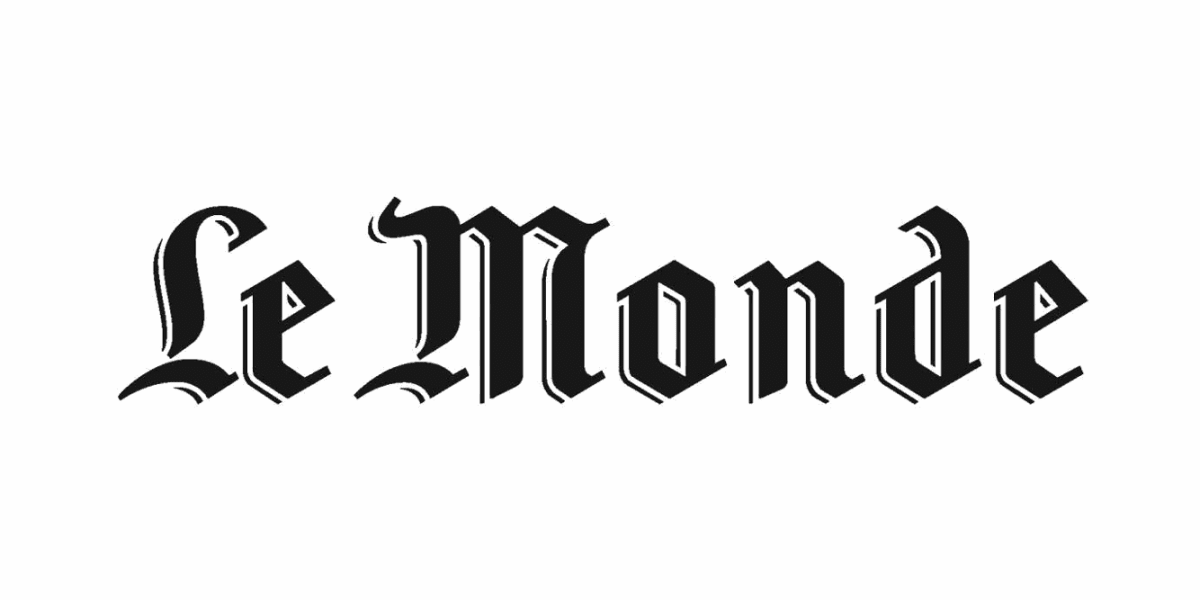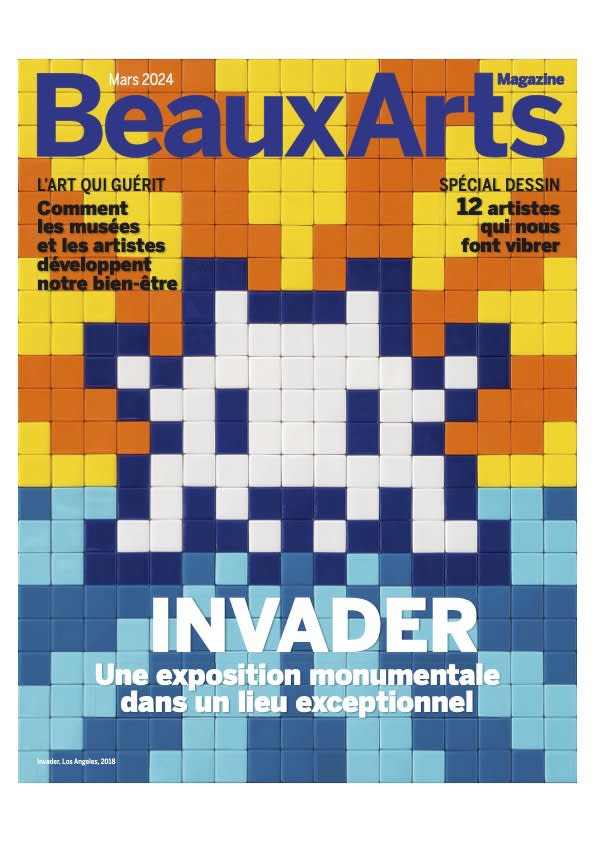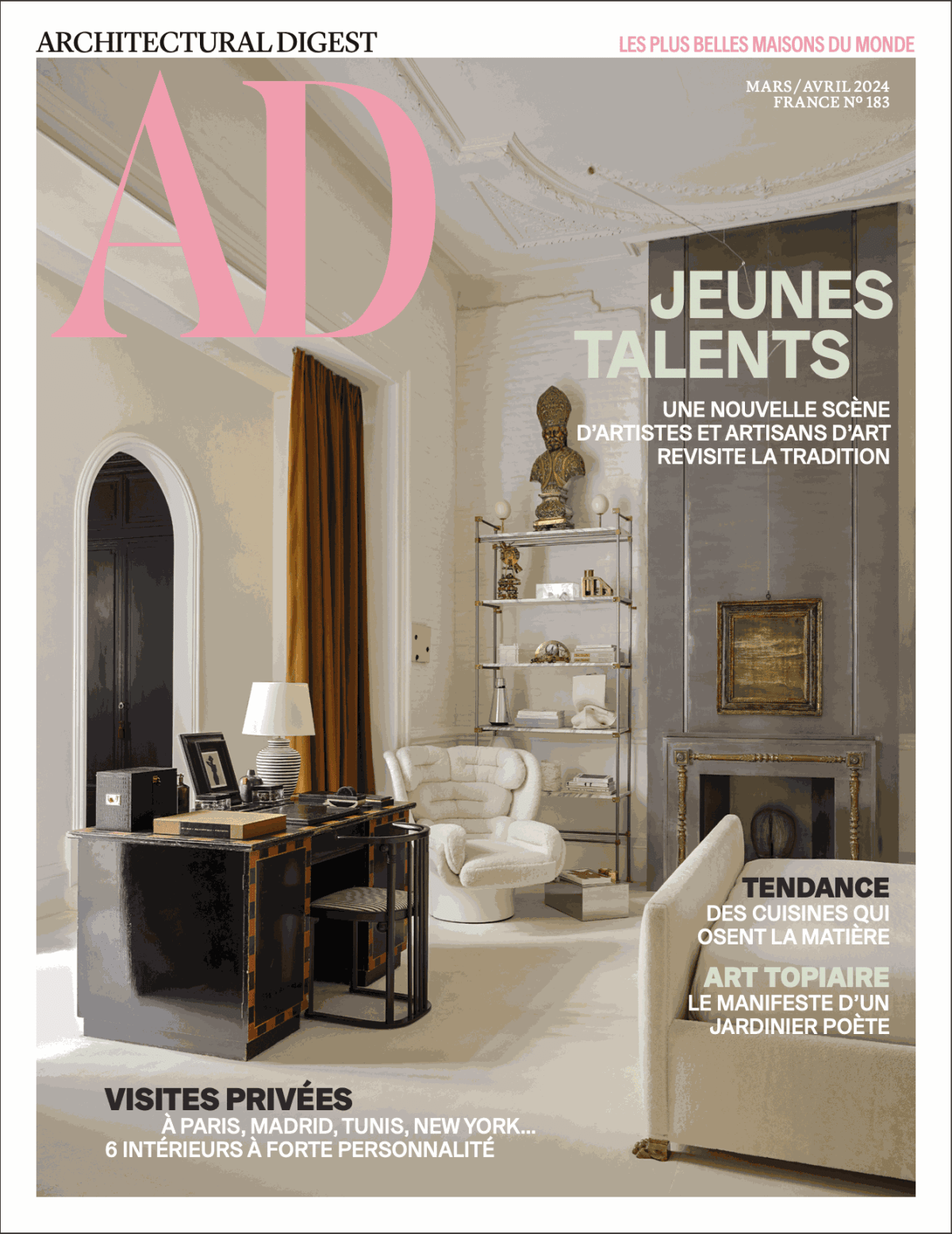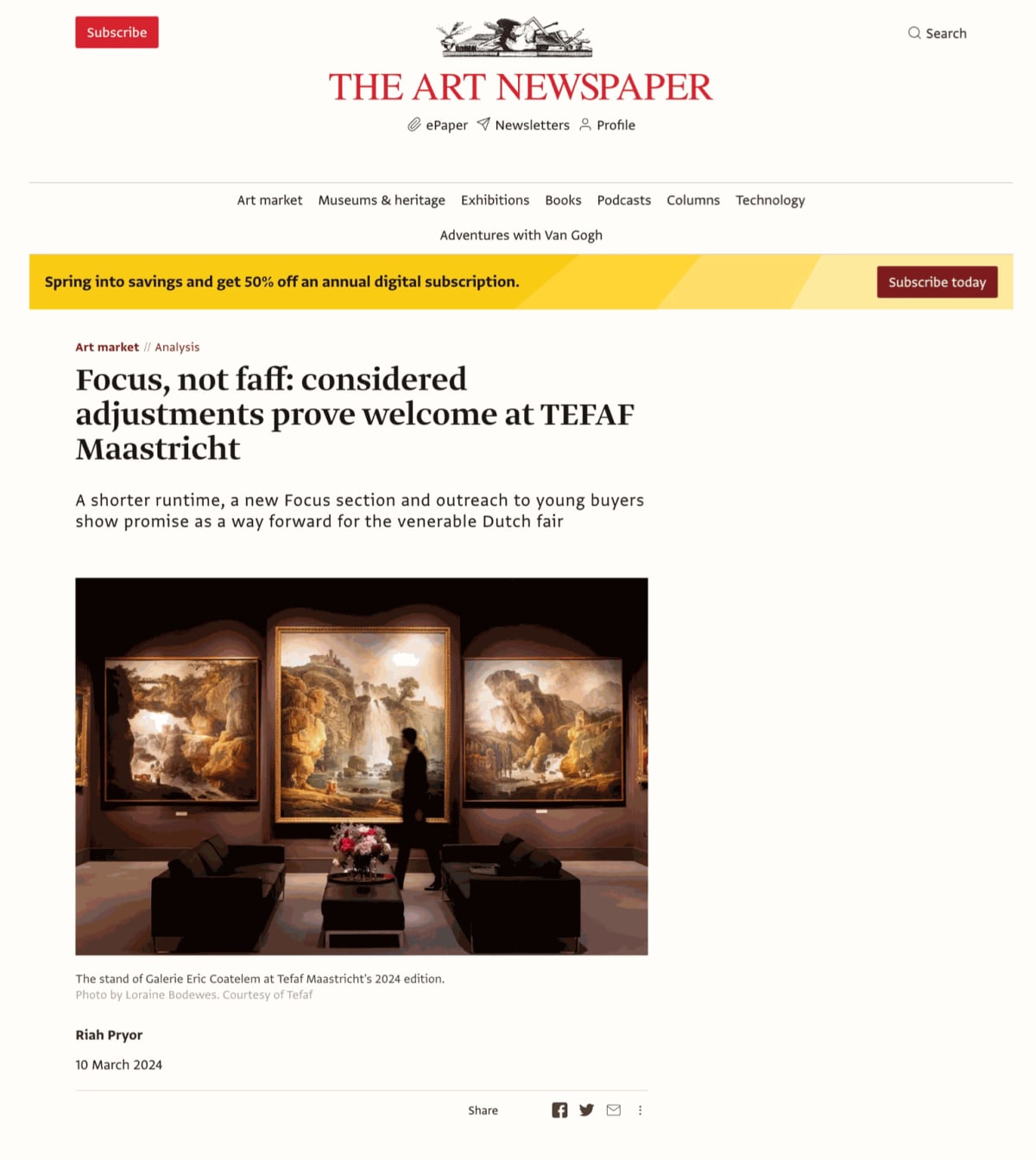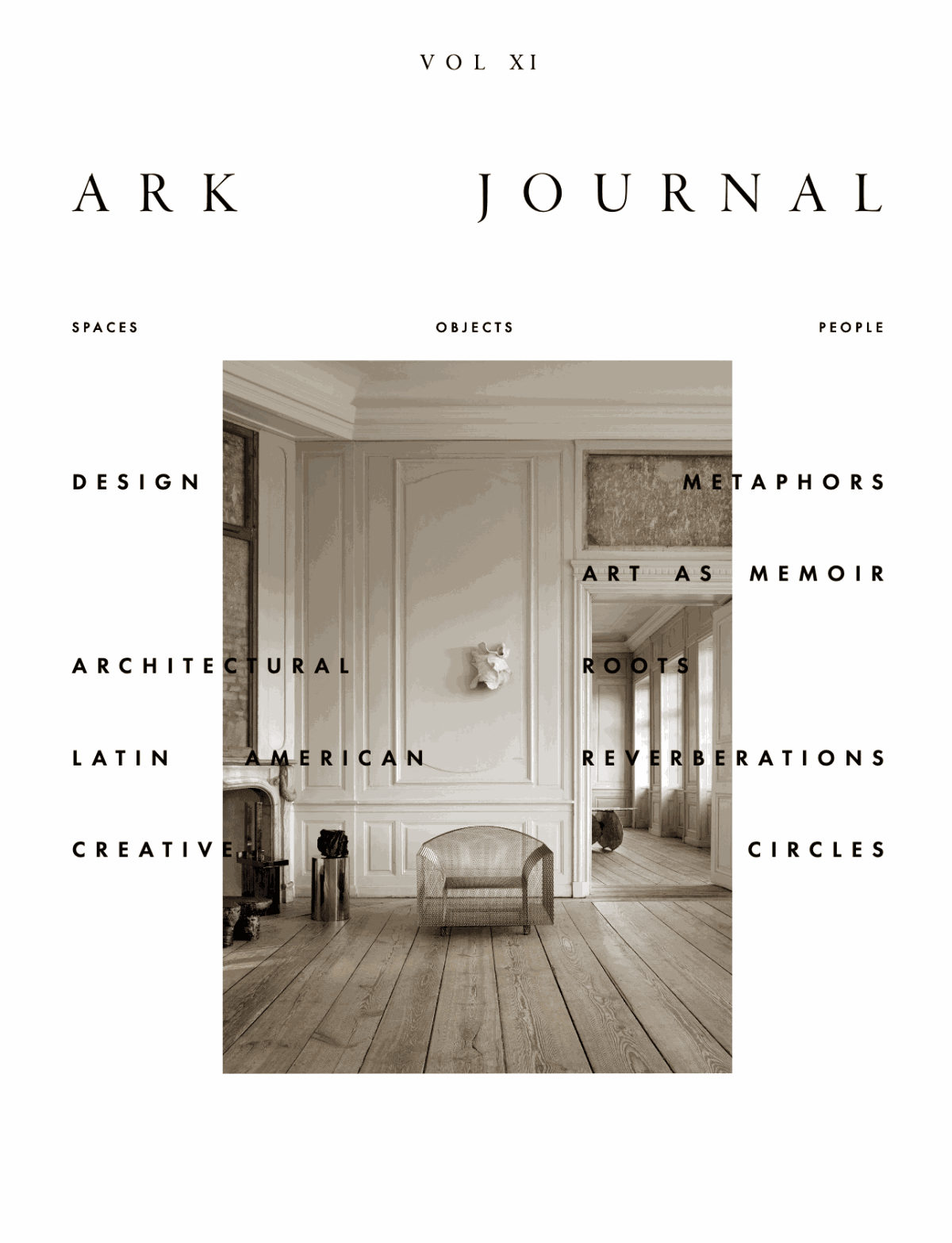Born in Rome in 1950 and originally trained as an architect, Paolo Pallucco is undoubtedly one of the most radical and committed designers of the 1980s, both in terms of the pieces he produced and his colorful personality.
His creations are deeply anchored in the 1980s ideology of refusal of the previous decades and the Modernist precepts. Always in this idea of rupture, his pieces integrate many references to the vocabulary of warfare: the coffee table Tankette, 1987 evoking the chains of a tank, the armchair Barba d’Argento, 1986 recalling a machine gun or the coat rack Bocca da Fuoco, 1987 a kind of cannon in full explosion.
Pallucco’s furniture can not be considered and appreciated only by its aesthetic aspect but also through all the references it integrates, such as the poetry of Rainer Maria Rilke in the first place, but also cinema, photography and although he is himself an atheist, the Catholic religion— still omnipresent at the time in Europe and especially in Italy. But Paolo Pallucco would not be Pallucco without his surroundings. Starting with his wife at the time, Mireille Rivier, a Franco-Swiss woman without whom nothing would have been possible. The creations are signed with their four hands. He, a crazy dreamer, has the ideas, she, a pragmatic designer, transposes them to reality, making them feasible and producible. If concessions have to be made to the original idea, the project is always abandoned. The designs are thus the fruit of a love story, of a complicity and a complementarity. And then there are the others, such as Peter Lindbergh, star photographer of the time. His fees are unimaginable for the niche company of an already niche market but Paolo Pallucco gives it a try. Lindbergh is seduced and becomes his photographer. There are also a few designers whose pieces he will produce such as Rei Kawakubo : after an aesthetic shock during the visit of the Comme des Garçons boutique in Tokyo, Pallucco offers the Japanese designer to collaborate. He will produce all the furniture she designs for the brand’s boutiques.
-
 100 sedie in una notte, Sedia 10 - Sedia a garanzia di perimetro, 1990
100 sedie in una notte, Sedia 10 - Sedia a garanzia di perimetro, 1990 -
 100 sedie in una notte, Sedia 27 - Sedia ferita da un colpo alle spalle, 1990
100 sedie in una notte, Sedia 27 - Sedia ferita da un colpo alle spalle, 1990 -
 100 sedie in una notte, Sedia 60 - Sedia che constringe il cerchio a riflettere sul destino della vita, 1990
100 sedie in una notte, Sedia 60 - Sedia che constringe il cerchio a riflettere sul destino della vita, 1990 -
 100 sedie in una notte, Sedia 63 - Sedia che retrocede allungando il passo., 1990
100 sedie in una notte, Sedia 63 - Sedia che retrocede allungando il passo., 1990 -
 100 sedie in una notte, Sedia 67 - Sedia inibita per malformazione dalla nascita, 1990
100 sedie in una notte, Sedia 67 - Sedia inibita per malformazione dalla nascita, 1990 -
 100 sedie in una notte, Sedia 71 - Sedia della portiera per auto e appartamento, 1990
100 sedie in una notte, Sedia 71 - Sedia della portiera per auto e appartamento, 1990 -
 100 sedie in una notte, Sedia 93 - Sedia scivolata fuori funzione fin sul fondo, 1990
100 sedie in una notte, Sedia 93 - Sedia scivolata fuori funzione fin sul fondo, 1990
-

Réunion au sommet
EventMilk Decoration -

Revue de Presse / Press Coverage - Paolo Pallucco, Luck and Sex. That's all.
21 March 2022 -

LIGHT MY FIRE, ENFLAMME LA GALERIE KETABI BOURDET
Marine Mimouni, ACUMEN, 28 July 2023 -

FOIRE DESIGN MIAMI, PARIS, NOUS VOILÀ !
Jean-Christophe Camuset, ELLE DÉCORATION, 21 September 2023 -

LA FOIRE DESIGN MIAMI/PARIS EN 5 TEMPS FORT
À l’occasion de la foire Design Miami/Paris, les grands noms du design et de l’art français -Perriand, Lalanne, Starck - sont rassemblés dans un hôtel particulier du XVIIe siècle qui fut la demeure de Karl Lagerfeld.THIJS DEMEULEMEESTER, Sabato - L'écho, 13 October 2023 -

Paris : 8 événements de design et d’art à ne pas manquer cette semaine
Cette semaine, jusqu'au 22 octobre 2023, la capitale française vibre au rythme du design et de l'art. Zoom sur 8 rendez-vous immanquables.Laurine Abrieu et Salomé Mathieu, MILK DECORATION, 16 October 2023 -

Le meilleur de Design Miami/Paris 2023
Très attendue, cette édition inaugurale de la foire Design Miami/Paris accueille une vingtaine de galeries françaises et internationales au sein d’un hôtel particulier prestigieux. Voici les plus belles pièces à découvrir jusqu’à dimanche.Marina Hemonet, AD Magazine, 17 October 2023 -

Treize idées de sorties artistiques pendant la foire Paris+ par Art Basel
L’arrivée de la foire internationale s’accompagne d’innombrables manifestations éphémères autour de l’art contemporain : salons parallèles, expositions d’artistes primés, sculptures en plein air… Les journalistes du service Culture du « Monde » ont fait uRoxana Azimi, Philippe Dagen, Claire Guillot, Emmanuelle Jardonnet et Emmanuelle Lequeux, Le Monde, 20 October 2023 -

Tefaf, l'incontournable rendez-vous
Antiquaires et galeries de toutes spécialités reviennent à Maastricht en nombre pour ce grand raout qui inaugure cette année sa section «Focus», mise en avant d’un artiste ou d’un mouvement particulier.AM, Beaux Arts Magazine, 22 February 2024 -

TEFAF : la relève
AD Magazine, 1 March 2024 -

Like lightning Flashy 1980s design is gaining new fans
FT Weekend, 2 March 2024 -

At TEFAF Maastricht 2024, Galleries Boldly Tackle 7,000 Years of Art History
Arun Kakar, 8 March 2024 -

Focus, not faff: considered adjustments prove welcome at TEFAF Maastricht
A shorter runtime, a new Focus section and outreach to young buyers show promise as a way forward for the venerable Dutch fairRiah Pryor, THE ART NEWSPAPER, 10 March 2024 -

Real Living NIEUWS
REAL LIVING, 21 March 2024 -

CALL ME BY YOUR NAME
ARK JOURNAL, 21 April 2024
-

Light my fire !
Ketabi Bourdet - 22, passage Dauphine, 75006 Paris 29 June - 28 July 2023Antithétique parce que créateur et destructeur, le feu est mis à l’honneur sous toutes ses formes dans Light my Fire. Il y est domestiqué par Élisabeth Garouste qui forge bronze,...Read more -

Sculptures
Set design by Bruno Rousseaud 12 - 18 June 2023The desire to present this ensemble came after the visual shock of the exhibition of Thierry Barbier Mueller’s chair collection staged by Robert Wilson at the MUDAC in Lausanne last...Read more -

Paolo Pallucco, Luck and Sex. That's all.
Ketabi Projects - 22, passage Dauphine, 75006 Paris 3 - 20 March 2022Né à Rome en 1950 et architecte de formation, Paolo Pallucco est sans conteste l'un des designers les plus radicaux et engagés des années 80, tant par les pièces qu'il...Read more










